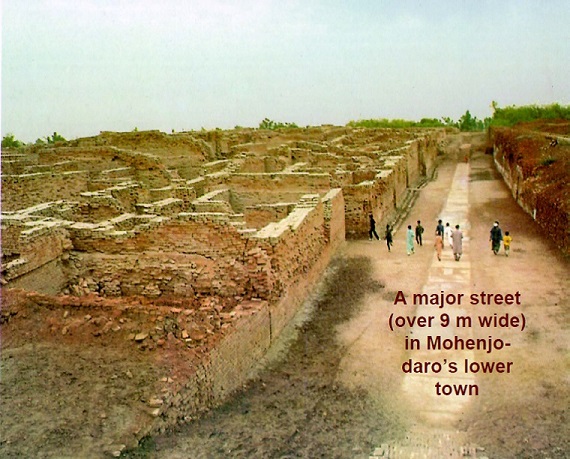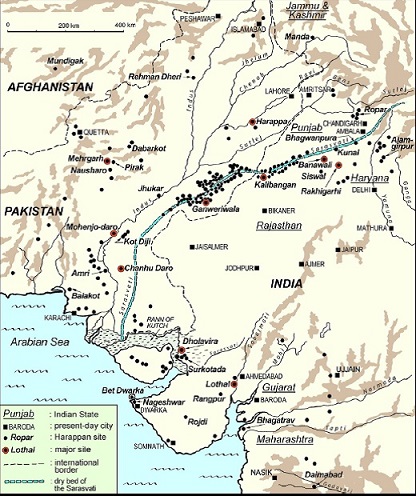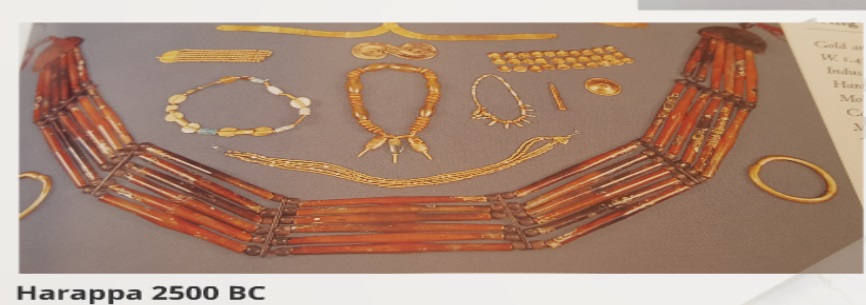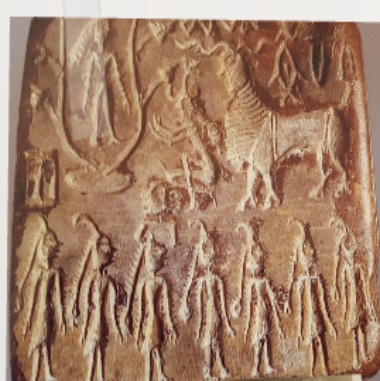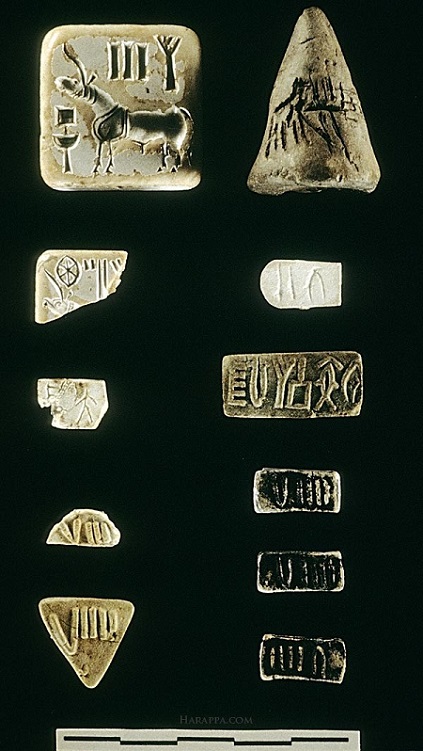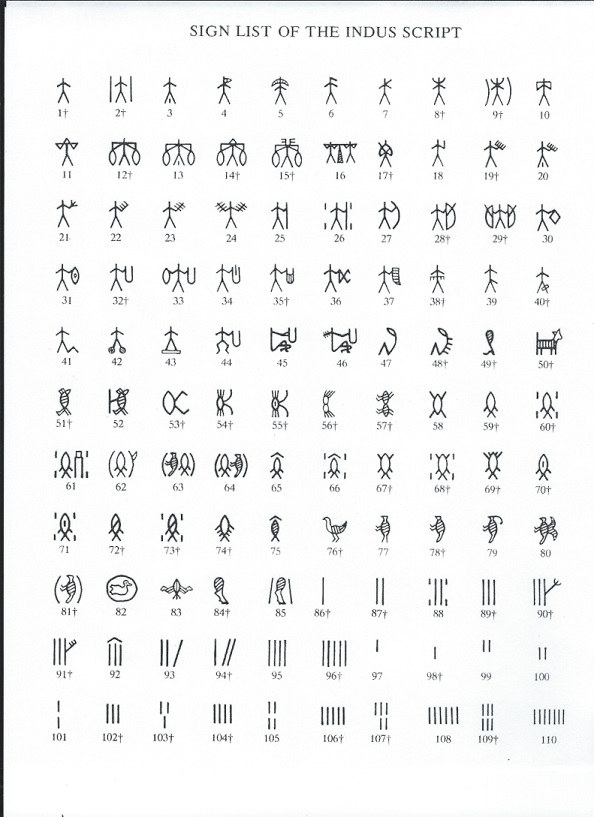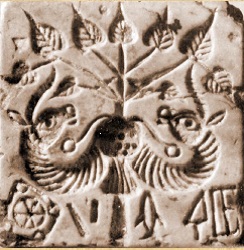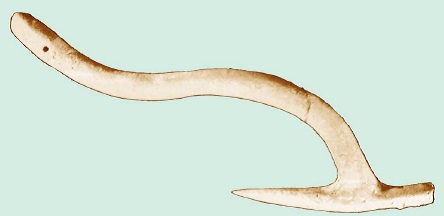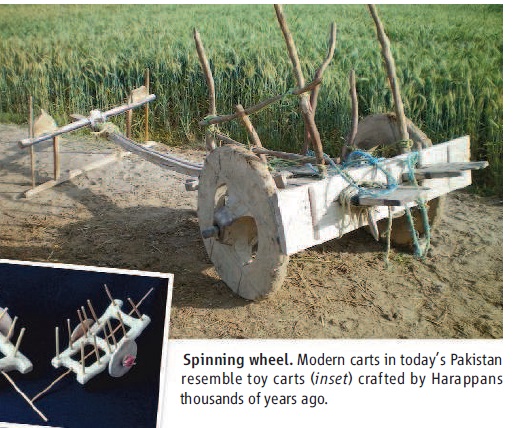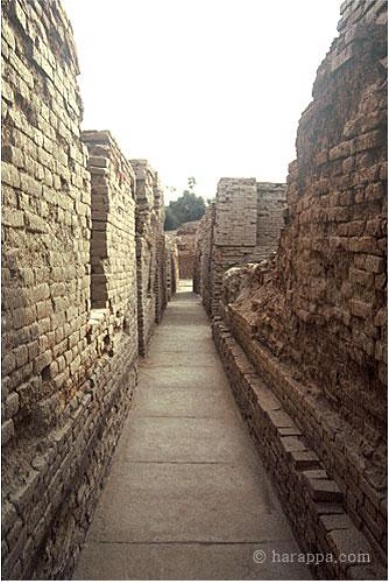Contribute
| Let Us Explore India’s Cultural History – Indus Civilization |
R. Balachandra
05/19/2016
India Discovery Center, IDC, has taken up the valiant effort
to present Indian History in all its aspects from ancient times to the present.
The goal is to examine the aspects of Indian life and society as they have
developed through time. The analysis is
expected to develop a viewpoint for the immigrant parents to help understand
the tokens of significant milestones that form Indian thinking and her value
system. The time span of the recorded history has been divided into
logical segments. The first segment explored is the Indus civilization known to
have flourished from the early period of about 7000BC until its abandonment
apparently around 1900BC. A number of
dedicated individuals have been conducting research into various aspects of
this period. The available
archaeological reconstruction may represent the Indus society in the 2500BC to
2000BC timeperiod. On Sunday May 1, 2016 four of the researchers made
presentations on the following topics: Arts and Culture Srabonti
Bandyopadhyay Language and
Literature Jaspal
Singh Science and
Technology Krishna
Gazula Economics and
Politics Sanjeev
Tripathy Art
and Culture Srabonti Bandyopadhyay started the presentations with a
well-researched talk on Art and Culture. It appears that the civilization was
highly developed in these areas. They had created sculptures of people both in
clay and in metal, though they were very small in size. The most prominent is
of a priest/king wearing a crown or a head ornament. There is also a beautiful
metal sculpture of a young nude woman. She is wearing a number of bangles
evoking similarities with some of the tribal women in India of today. There are
also figurines of different kinds but it is hard to know their significance.
Most of these figurines appear to be female suggesting that women were held in
high esteem and prayed to in some rituals. Then there are vases and pots. Some
are covered with beautiful designs and baked similar to old Greek vases. Some
of the pots were found buried among with human bones suggesting that many
earthly things were buried along with their owners, a practice similar to the
ancient Egyptians. There were also small items that appear to be toys – little
animal figures, a small two-wheeled cart similar to bullock carts without the
animals and other figures. Jewelry and art objects were produced indicating
that the society was highly conscious of beauty and other aspects of art. Some
of the beads and jewelry were produced with a great degree of skill. Srabonti draws some interesting conclusions from these
relics. The society was technologically advanced and it had a thriving arts
culture. They produced fine jewelry and ornaments that may have been used to
distinguish social classes. Clothing and hair styling were different for the
two sexes. Language and Literature The next presentation was by Jaspal Singh. He covered Language
and Literature. The civilization covered a vast area. Many signs and seals have
been unearthed numbering over 4000. Efforts of over a hundred years have proved
futile in deciphering the script and the language. A major reason for this is
that the number of characters or symbols in any sample seal is very small.
There are many hypotheses regarding the seals - that the society was illiterate
and the symbols were used in rituals or in commercial transactions; the symbols
represented a rebus with the first letter of a Tamil word; the precursor to
Indo Aryan languages; and finally the script represented different languages in
different regions of the civilization just as cuneiform was used for different
languages in Mesopotamia. Some seals do not have any characters but seem to depict a
narrative with animals and humans. Jaspal raised further issues such as the
relationship between this civilization and the Vedic literature and
culture. He also made the suggestion if any
relationship would exist between the Indus language and today’s tribal
languages of India. Science and Technology Science and Technology in the Indus Civilization was the
next presentation by Krishna Gazula. There is evidence to show that the society
possessed good knowledge about health, agriculture, science and technology,
mathematics and measurement systems. Some tablets depict yogic poses signifying
that there was awareness of yoga and its role in health. The water and sewer
channels seen from the digs demonstrate that there was a keen sense of hygiene.
There were baths for the pleasure and cleanliness of the people. Brick making
technology was prevalent. Bricks were used for housing construction, baths, and
roads and for water supply. Walls were also plastered. There is evidence of irrigation, and the use of implements
to plough the land. Transportation of goods and people seems to have been done
by bullock carts. Toy carts with solid wheels have been found resembling
bullock carts used in Pakistan today. There was manufacturing technology also. Textiles were
produced and used by the common people. There appears to be the knowledge of
metallurgy - gold, silver, copper, bronze and brass. It is possible that steel production
technology was known. They created a
number of tools and worked with great precision to produce beads that were
probably exported to Mesopotamia. Jewelry was made using gold and beads. They
had measurements and measuring systems. The weights appear standardized. Boat
making seems to have developed to a good degree. Boats were on duty not only on the rivers but
also on the sea to reach distant markets in the Middle East. Economy and Politics The final presentation was by Sanjeev Tripathi on the
Economics and Politics of the Indus Society. The economics of the society was
based on agriculture as many of the societies of that era. Toy ploughs and
carts have been found suggesting possible common use. Bullocks seem to be the
most common animal to perform the chores. Wheat, barley, cotton, were the major
crops supplemented by peas and sesame. There seems to be a very good irrigation
system with canals, and dams. Grains were stored in huge granaries. Most of the economy consisted of trade within and outside of
the region. It appears there was possibly no currency in use leading to the
conclusion that most of the trade was through barter. The weights and measures
systems seem be very sophisticated, some even used the octal and decimal system.
As in other parts of the world at that time, most of the larger towns and
cities were located on the banks of rivers, which were also part of the trade
routes. There were also docks in ports near the Arabian Sea suggesting there
was international trade by sea going boats. The probable exports were cotton,
food grains, wool and jewelry. It is likely that the society imported metals
and gold. Some suggest that seals were used primarily for trade, with the
elephant seal being the most valuable. There is very little direct evidence about the
administration, though the organization and the building of the towns with
their well-planned roads and houses suggest that there was good local
organization. The governing administration must have built and maintained the
towns and their infrastructure. They also built public structures such as
baths, granaries, places of worship (though we don’t know which gods they
worshipped), and city walls. Residences were separated from administrative and
public buildings. One very interesting aspect noticed is that there is no
evidence of wars or even of weapons, suggesting a peace loving society. The presentations ended with a brief Q&A session. The full presentations including two other
tracks of (a) Geography and People and (b) Philosophy and Religion will be made
at an event on Saturday, July 23, 2016 at Lexington Community Center, 39
Marrett Road, Lexington, MA. Interested
persons are requested to visit http:///www.indiadiscoverycenter.org
for more information.
You may also access this article through our web-site http://www.lokvani.com/
